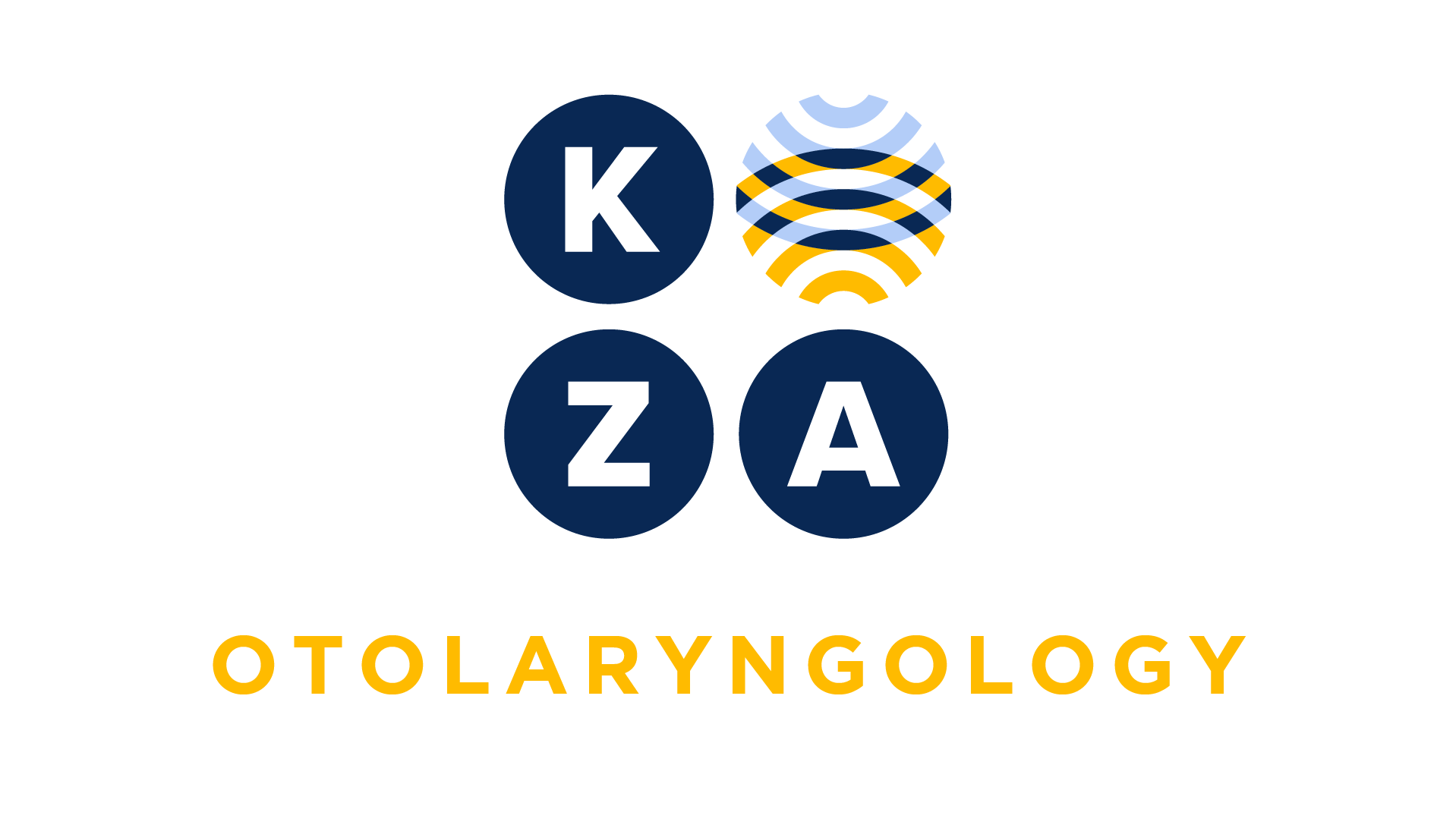
Choose your specialty from the list below to see how our experts have tackled a wide range of client questions.
Looking for something specific? Utilize our search feature by typing in a key word!
63266 & 63267 - Reported Together?
If the provider removed an epidural abscess from T4-T9 via one incision and then did a separate incision at L4-5, can I bill CPT 63266 and 63267?
Question:
If the provider removed an epidural abscess from T4-T9 via one incision and then did a separate incision at L4-5, can I bill CPT 63266 and 63267?
Answer:
Thank you for asking KZA!
Remember, the laminectomy for non-neoplasm code set (6326x and 6327x) are regional codes, meaning they include any number of contiguous laminectomies.
The key in the scenario is that these laminectomies were performed via two separate incisions; additionally, they are non-contiguous (T4-T9 and L4/L5). Yes, both codes (63266 & 63267) may be reported as described by the scenario in this inquiry.
*This response is based on the best information available as of 7/31/25.
27134 vs. 27137
What is the correct way to bill for a hip arthroplasty revision where the full acetabular component is replaced, and a new femoral head is placed, but nothing is done to the femoral stem?
Question:
What is the correct way to bill for a hip arthroplasty revision where the full acetabular component is replaced, and a new femoral head is placed, but nothing is done to the femoral stem?
Answer:
Thank you for asking KZA!
Admittedly, this is a frustration.
The CPT descriptor for 27137 is for revision of hip arthroplasty, acetabular component only. Based on the scenario described, it would not be appropriate to report 27137, as both the acetabular component and femoral head were revised.
The CPT descriptor for 27134 is for revision of hip arthroplasty, both components. A hip arthroplasty comprises the acetabular and femoral components (femoral head and femoral stem).
From a correct coding standpoint, both hip arthroplasty components have not been completely revised – we only have the acetabular and part of the femoral component (femoral head). Therefore, it would be appropriate to append modifier 52 to reflect the reduced services.
At the time of this writing, this is the current guidance from CPT.
*This response is based on the best information available as of 7/31/25.
ICD-10 - Skin Necrosis Following Breast Reconstruction
I’m having difficulty with the ICD-10 code assignment. Can KZA provide some guidance? A patient following breast reconstruction presented during the postoperative period with skin necrosis at the incision site.
Question:
I’m having difficulty with the ICD-10 code assignment. Can KZA provide some guidance? A patient following breast reconstruction presented during the postoperative period with skin necrosis at the incision site.
Answer:
Thank you for your question!
Based on the information provided, two ICD-10 codes would be reported: one for the postoperative complication of the skin and subcutaneous tissue, ICD-10 L76.82, and one for skin necrosis, ICD-10 I96.
Some may stop at L76.82 alone. However, ICD-10 provides additional instruction located under L76.8. The instruction states, “Use additional code, if applicable, to further specify the disorder.”
*This response is based on the best information available as of 7/31/25.
Incident-to Billing for Medicare
We bill incident-to for Medicare patients in our office for our physician assistants. We don’t have a Otolaryngologist in the office on Friday afternoons but our 5 PAs are in seeing patients. Can we bill their services “incident to” the physician they work for?
Question:
We bill incident-to for Medicare patients in our office for our physician assistants. We don’t have a Otolaryngologist in the office on Friday afternoons but our 5 PAs are in seeing patients. Can we bill their services “incident to” the physician they work for?
Answer:
You are not able to bill the service Incident-to when a physician is not in the office suite. A supervising physician must be on-site providing supervision in order to bill “incident to.” In your case, you will bill direct using the PA’s name and NPI (national provider identification) number.
*This response is based on the best information available as of 7/31/25.
Wound Vac Billing
Can a wound vac be billed if a wound is partially sutured and
partially left open?
Question:
Can a wound vac be billed if a wound is partially sutured and partially left open?
Answer:
Billing for a wound vac depends on whether the wound is considered open or closed. According to coding guidelines, negative pressure wound therapy (NPWT) codes (97605-97608) are only reportable when placed at an open wound site. If a wound is partially sutured but still has an open portion, the wound vac may be billable, provided the documentation supports its use for the open wound. However, if the wound vac is applied over a closed wound, it is generally considered a dressing and not separately billable.
To ensure proper billing, documentation should clearly indicate the wound's size, depth, and the necessity of NPWT. Some payors may have specific rules, so checking with the relevant insurance provider or Medicare guidelines is recommended.
*This response is based on the best information available as of 7/17/25.
Thrombolytic Infusion
If a thrombolytic infusion catheter is placed and later in the day it is removed for an interventional procedure and then replaced after the procedure, what is the correct code to report?
Question:
If a thrombolytic infusion catheter is placed and later in the day it is removed for an interventional procedure and then replaced after the procedure, what is the correct code to report?
Answer:
CPT code 37211 is for the entire day of initial thrombolytic therapy. No additional code would be billed for catheter replacement on the same day.
*This response is based on the best information available as of 7/17/25.
Do you have a Coding Question you would like answered in a future Coding Coach?
If you have an urgent coding question, don't hesitate to get in touch with us here.





